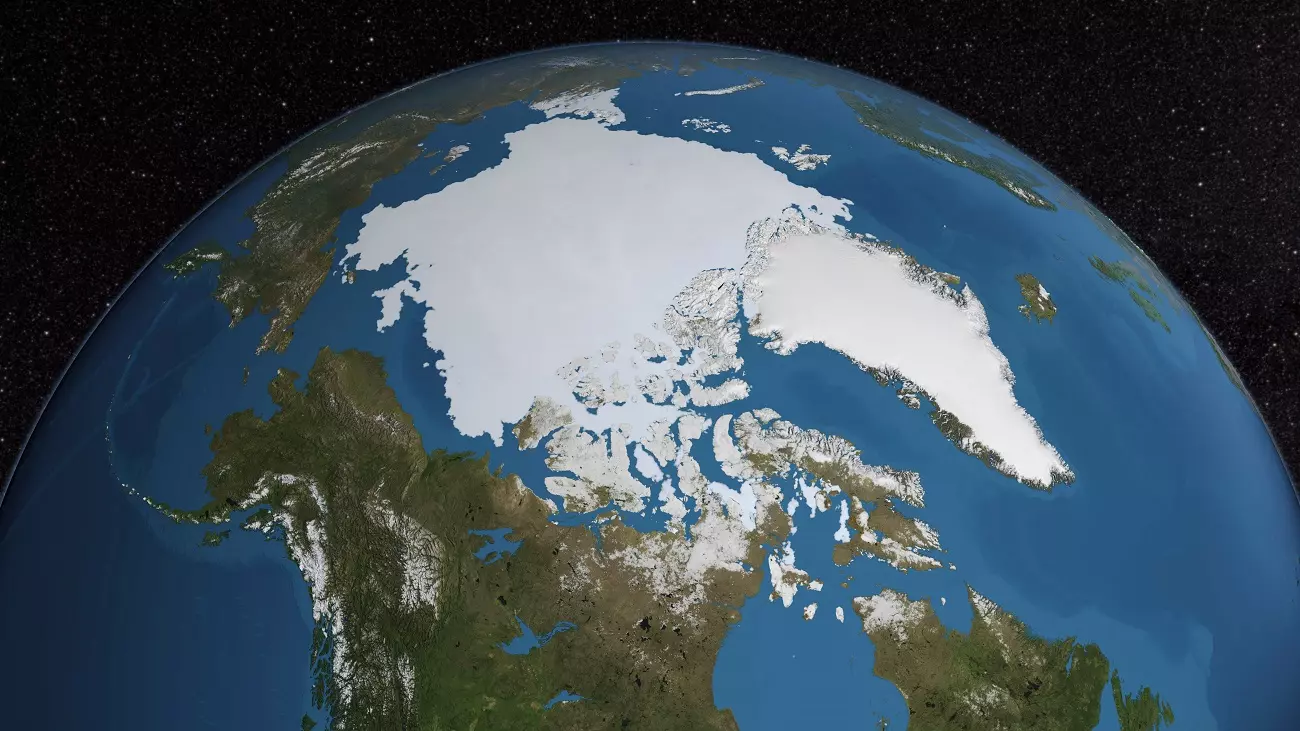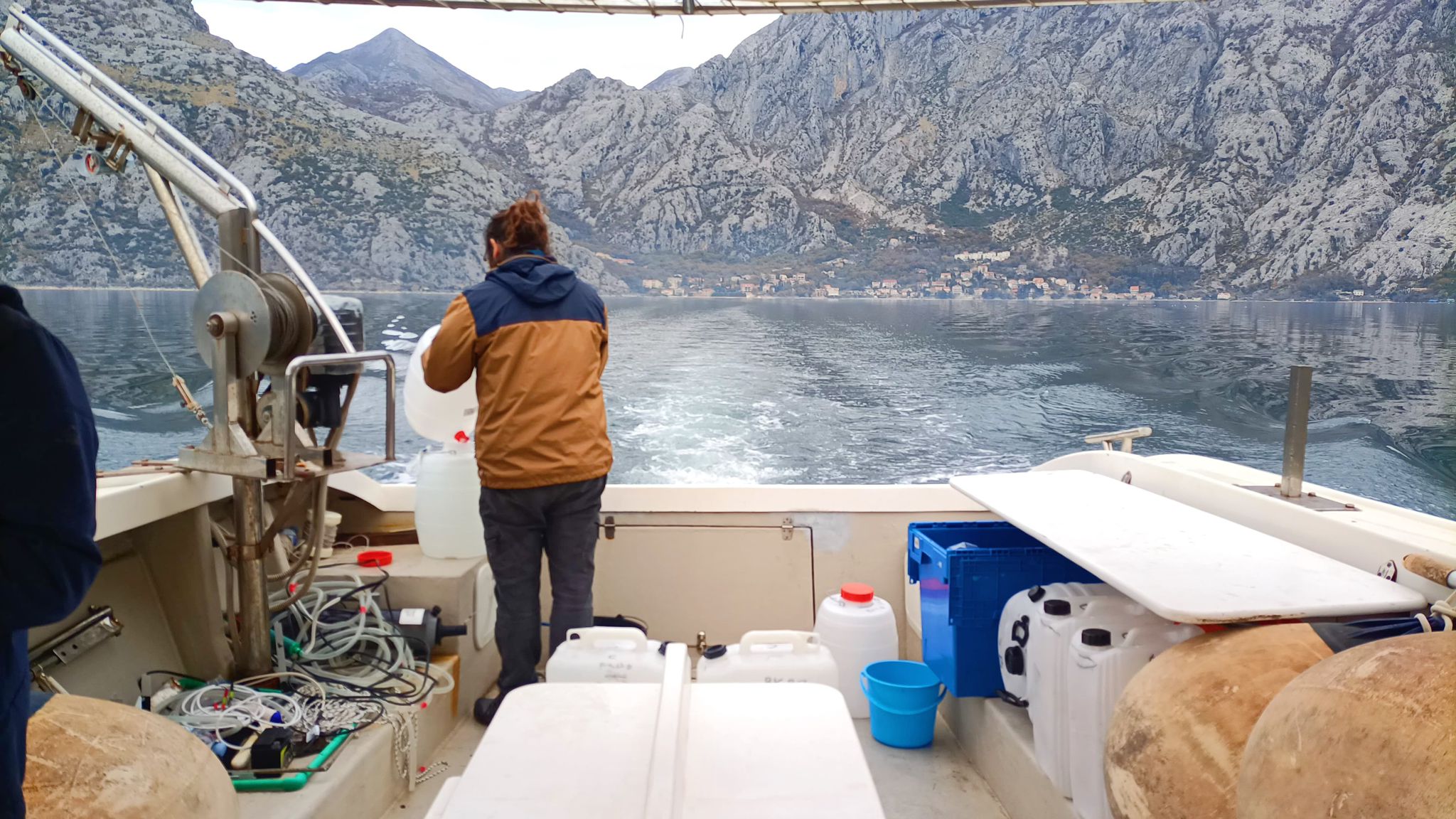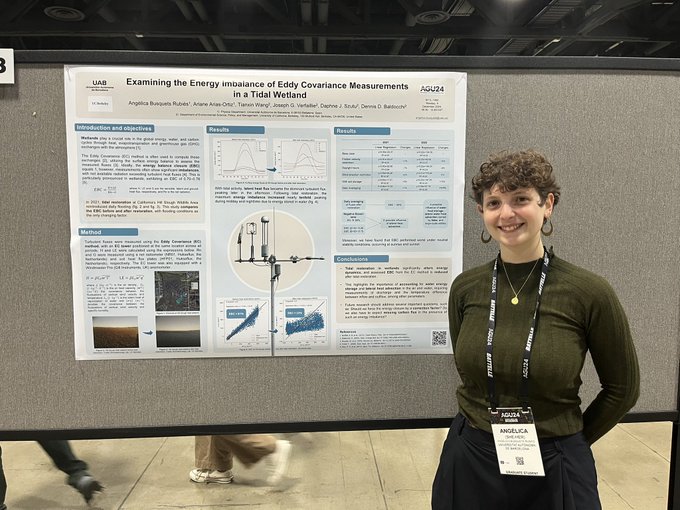Research life
The hidden microbial biodiversity in national parks: sampling campaign in Cabrera Island
ICTA-UAB researchers participated in a sampling campaign in Cabrera National Park for the MicroSub Project, analyzing microbial and geochemical diversity in coastal aquifers to understand their impact on ecosystems.

View of Cabrera island.
ICTA-UAB researcher Valentí Rodellas and PhD candidate Júlia Rodríguez, recently participated in a field sampling campaign in Cabrera National Park, located in the south of Majorca.
This sampling is part of the MicroSub Project, which brings together researchers from Institut de Ciències del Mar, Instituto de Investigaciones Marítimas, Universidad de Vigo and Universitat Autònoma de Barcelona. The objective of this project is to analyze the microbial and geochemical diversity in the coastal aquifers of three National Maritime-Terrestrial Parks (Cabrera, Islas Atlánticas, and Timanfaya) and their impact on the surrounding ecosystems.
The Cabrera Maritime-Terrestrial National Park was created in 1991 and recently expanded, covering now 90.794 hectares, making it the 2nd biggest marine national park of the Mediterranean. It spreads across 19 islands and 98% of its area is marine. Beneath the clear waters many endemic species can be found, such as Posidonia oceanica meadows or the Pinna Nobilis bivalve, both currently endangered. But the importance of the archipelago goes beyond the sea: the islands host high flora and fauna biodiversity. Actually, the Park is also declared a Special Protection Area (SPA) due to the abundance and variety of bird species, and a Site of Community Importance (SIC).

Working on the beach topography.
Thanks to the conservation efforts, this National Park harbors pristine aquifers, little affected by human activities. However, little is known about their biogeochemical environments, particularly those that remain hidden, such as groundwater. This is the main focus of our MERS researchers, specialists in the detection and measurement of groundwater flows to the sea with the use of Ra and Rn isotopes. These two elements are considered powerful tools to trace submarine groundwater discharge because they allow to quantify fluxes to the sea as well as residence times within the subterranean estuary and in the coastal sea.

Sampling water to assess submarine groundwater discharge.
The field sampling took place in the main island, called Cabrera. This island has not been inhabited since it was declared National Park, and only National Park guards and other personnel are allowed to spend the night (like our team!). During 3 days, researchers were able to collect water and soil samples from different key spots like the main bay, where groundwater discharge is expected to occur, but also in the beach to study the coastal aquifer.
Once the data is gathered in all parks, it will serve as a baseline and as indicators of the changes that these park ecosystems may undergo in the coming years as a result of current climate change, characterized by an increase in temperature, changes in the water regime, and rising sea levels. These factors could cause major hydrological, biological, and geochemical changes in aquifers and in the marine environments that they host.

Group picture after the sampling.




